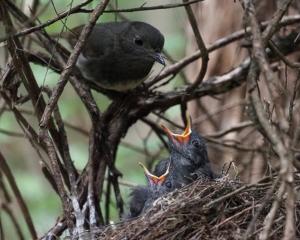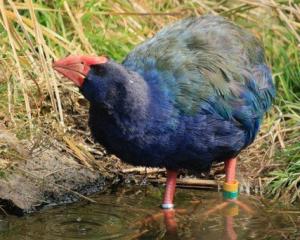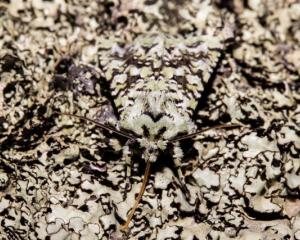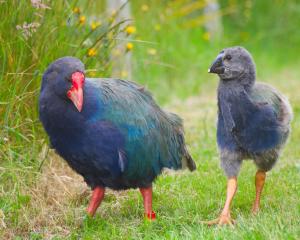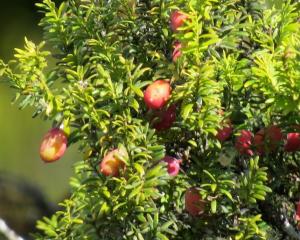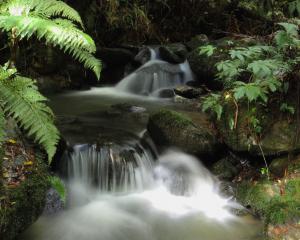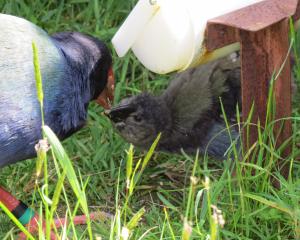When it comes to keeping track of the kaka at Orokonui Ecosanctuary, you need to think like a parrot. Where are the food hot spots of the day or week? What is flowering or fruiting? When might the parrots be napping or socialising?
Orokonui's kaka, first released in November 2008 and now numbering three adults, five juveniles and three fledglings, have spent the past two and a-half years exploring Orokonui and know the valley intimately.
Much of the 307ha of fenced forest is 100-year-old kanuka and although nectar from the tiny kanuka flowers is sipped by the kaka's brush tongue and larvae dug from the trees, the food from kanuka is available for only a short time each year.
Other kaka food sources are patchy and seasonal. A thicket of supplejack, flowering lemonwood trees, mahoe berries or a large rotting tree containing beetle larvae are good examples.
Fresh deep horizontal cuts on trees suggest a kaka in residence, enjoying the sap. Broadleaf, introduced macrocarpa and American cedars are preferred.
In close range, the sound of falling vegetation, the cracking open of a miro nut or the tinkle of coloured leg bands will indicate kaka are about.
But there are times when there is no hope of tracking down a bird. Often in the morning or evening the kaka can be heard uttering their "skraak" calls and liquid whistles, or seen flying up and down the valley together, settling only long enough to rip up some bark or hang upside down by one foot before they fly off again.
The kaka's social nature helps anchor the birds to the reserve. Kaka held in the aviary, including most recently the one-legged Cleopatra, may call to the wild birds. Supplementary feeding of nuts also helps to keep them within the perimeter fence. Almonds, cashews and pistachios are favourites.
Kaka fly very well and over time will spread beyond the valley. However, it is hoped to build up a core group of about 20 breeding females within the fence. Breeding is when unprotected kaka are most vulnerable. The female sits on eggs for a month in a cavity in a tree. Nest boxes are provided but broadleaf trees have been preferred so far. As a result of stoat predation most wild populations are heavily skewed towards the male, some as much as 80%.
As with many translocations of at-risk native birds there is a team of people involved in their release, welfare and progress, including Tony Pullar, the former Dunedin Botanic Garden aviarist and South Island captive breeding co-ordinator, Bruce McKinlay of the Department of Conservation, researchers from the University of Otago, ecosanctuary staff and a band of volunteer feeders and trackers.
All Orokonui kaka are fitted with radio-tracking devices. Such small founding populations are monitored intensively.
A captive pair, Mr and Mrs Roto, were recently released from the Orokonui aviary. All staff and volunteers who have worked with them are thrilled they have flown free but apprehensive of how they will fit into the wider group.
Some kaka with transmitters have been seen outside the fence. A pair settled in Mihiwaka forest but were killed by predators and there have been sightings from Purakaunui, Warrington, Karitane, and Carey's Bay.
There have been no reports for about 18 months. Perhaps those born at Orokonui are more willing to stay inside their haven.
• Sue Hensley is the head guide at Orokonui Ecosanctuary and volunteers for kaka monitoring work.
The Wild Ways column about Orokonui Ecosanctuary runs on the first Saturday of the month.



